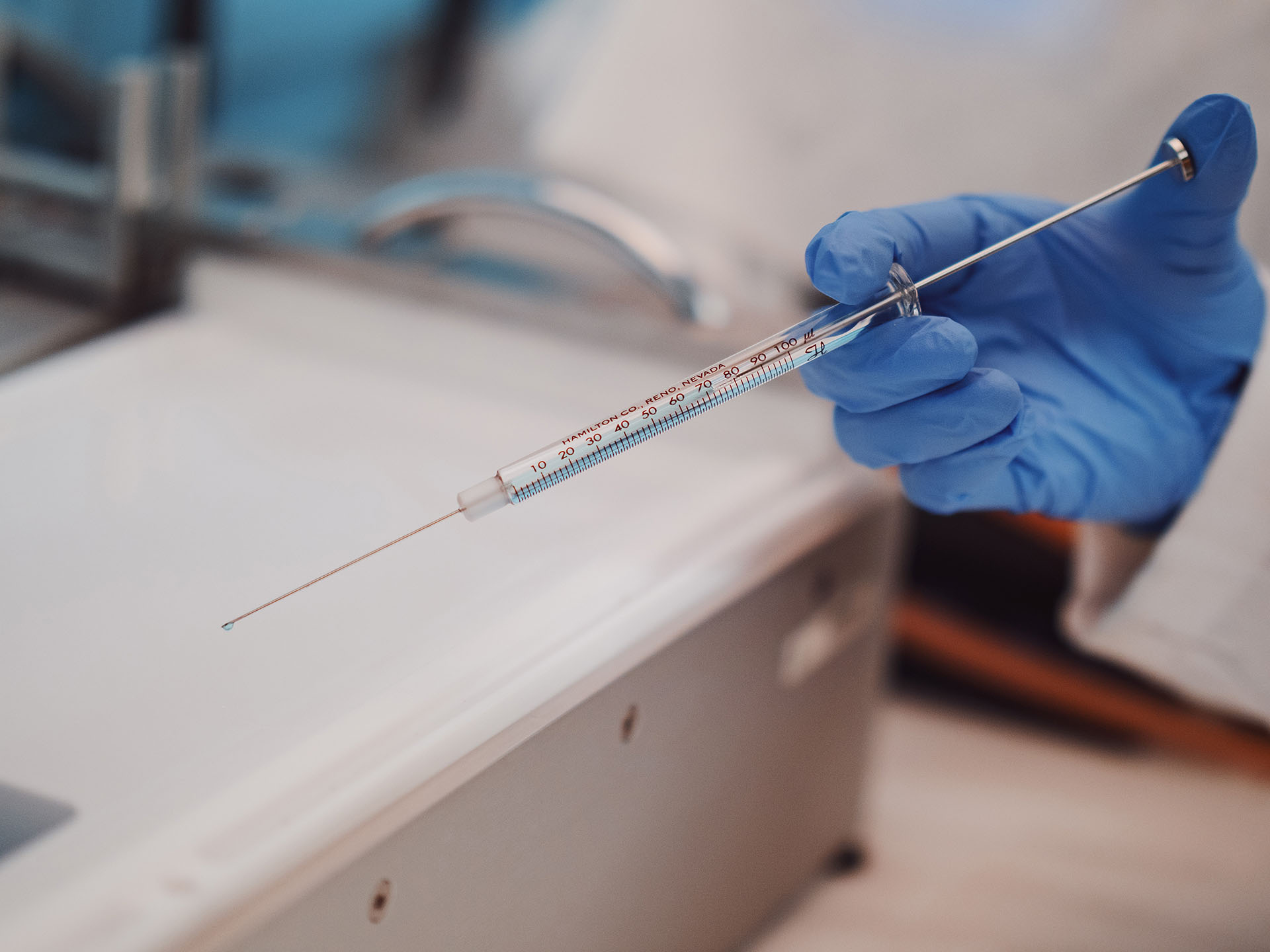Ref: VA275P18
Research projects co-financed by the European Regional Development Fund (ERDF). BOCyL 23 November 2018
Funding entity:

Partner companies:


Total project budget: 120.000 €
Start date: 11/11/2018
End date: 15/11/2021
Principal investigator:

Mª Luz Rodríguez Méndez
Catedrática de Química inorgánica
Number of participating researchers: 7
Although various methods exist to analyse food, these techniques require long analysis times and are therefore not suitable for routine testing at an industrial level. With the development of Industry 4.0, the food sector requires the development of new sensors capable of analysing the composition of its products.
This project applies new technologies developed in the field of Materials and Nanoscience to the design of new tubular cellular polymeric sensors with great potential in the agri-food sector.
In particular, new tubular polymers will be developed for the first time, with a high surface to volume ratio, which will act as a support for sensitive materials such as metallic nanoparticles, carbon nanofibres or phthalocyanines. These new porous materials will be obtained by combining two processes, starting with the fabrication of polymeric fibres using electrospinning, a simple, versatile technique that allows the preparation of 1-dimensional micro- and nanomaterials (fibres). Subsequently, the surface area/volume ratio of these fibres, and thus their potential response as sensors, will be drastically increased by generating internal porosity in the fibres. From the initial solid fibres, tubular polymers (hollow fibres) will be obtained for the first time using the gas dissolution foaming technique, a simple and versatile method that stands out for its environmental sustainability, the absence of hazardous chemicals and the absence of waste generation. The characteristics of this new generation of sensitive materials, with controlled diameters and porosities, have the potential to substantially improve the detection capability of current solutions. In addition, the possibility to build multifunctional structures by modifying fibres with nanomaterials may produce additional benefits through synergistic effects.
These highly porous materials/nanomaterials will be used to build devices to be used as voltammetric and/or electrochemical impedance sensors and will be used to detect compounds belonging to three families of interest in the food industry: polyphenols (such as catechol or vanillic acid), sugars (such as glucose and lactose) or organic acids (such as lactic and malic), with detection limits in the range of at least 10-5 M. Finally, the performance of the sensors will be evaluated on real wine and milk samples. The sensors will be disposable and inexpensive, as demanded by the food industry.


